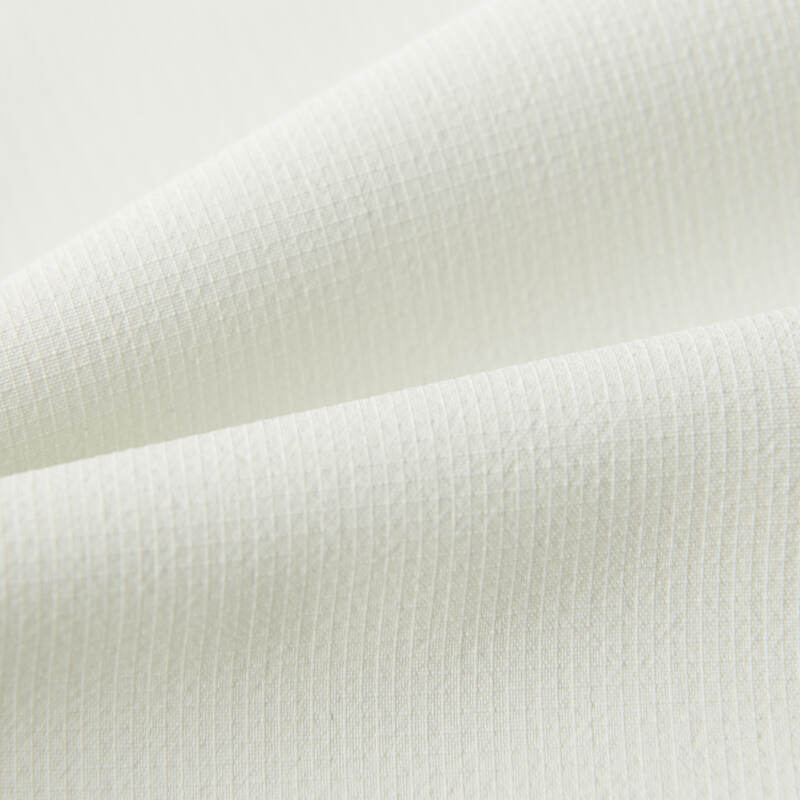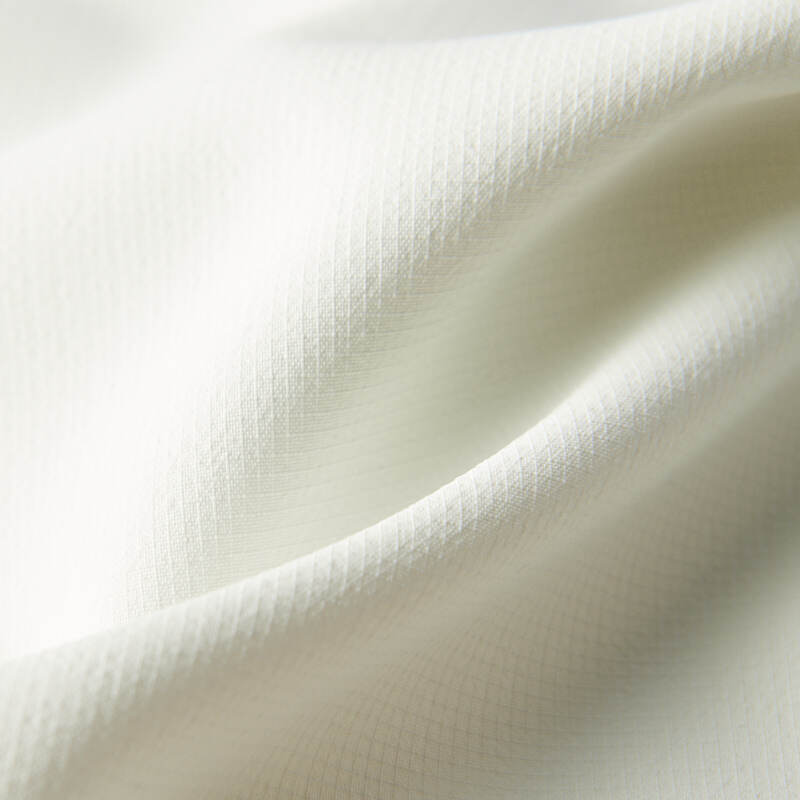most breathable fabric for summer
Linen stands as the ultimate breathable fabric for summer comfort, offering an unparalleled combination of natural properties and performance characteristics. This remarkable material, derived from the flax plant, features a unique molecular structure that creates natural air pockets within the fabric, enabling superior air circulation and moisture management. The hollow fibers of linen can absorb up to 20% of their weight in moisture before feeling damp, while simultaneously allowing air to flow freely through the material. This exceptional breathability is enhanced by linen's natural temperature-regulating properties, which help maintain a comfortable body temperature even in the most challenging summer conditions. The fabric's durability is equally impressive, with fibers that are 30% stronger than cotton, ensuring longevity despite frequent wear and washing. Additionally, linen possesses inherent antibacterial properties, making it naturally resistant to odor-causing bacteria and perfect for hot weather wear. Modern processing techniques have also improved linen's traditional characteristics, reducing its tendency to wrinkle while maintaining its signature crisp, fresh feel that becomes softer with each wash.


